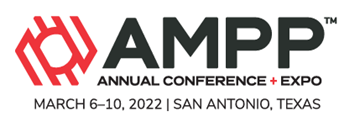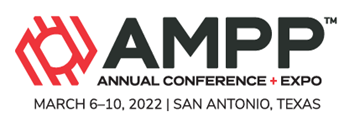Search
Improving Scale Management Using ESEM Bulk Scale Analysis
Also Purchased
Impact Of Preservation Method, Storage Temperature, And Processing Time On Microbiological Community Shift In Solid Samples Collected From Crude Oil Transmission Pipelines
Product Number:
51322-18009-SG
Publication Date:
2022
$20.00
Implications Of NSF Std. 61 Changes And An Asset Management Based Data Driven Protocol For Potable Water Coatings Selection
Product Number:
51322-18026-SG
Publication Date:
2022
$20.00
Improved Localized Corrosion Models For Stainless Steels In Aqueous Chloride Environments With Low Levels Of Dissolved Oxygen
Product Number:
51322-17955-SG
Publication Date:
2022
$20.00
Recently viewed




